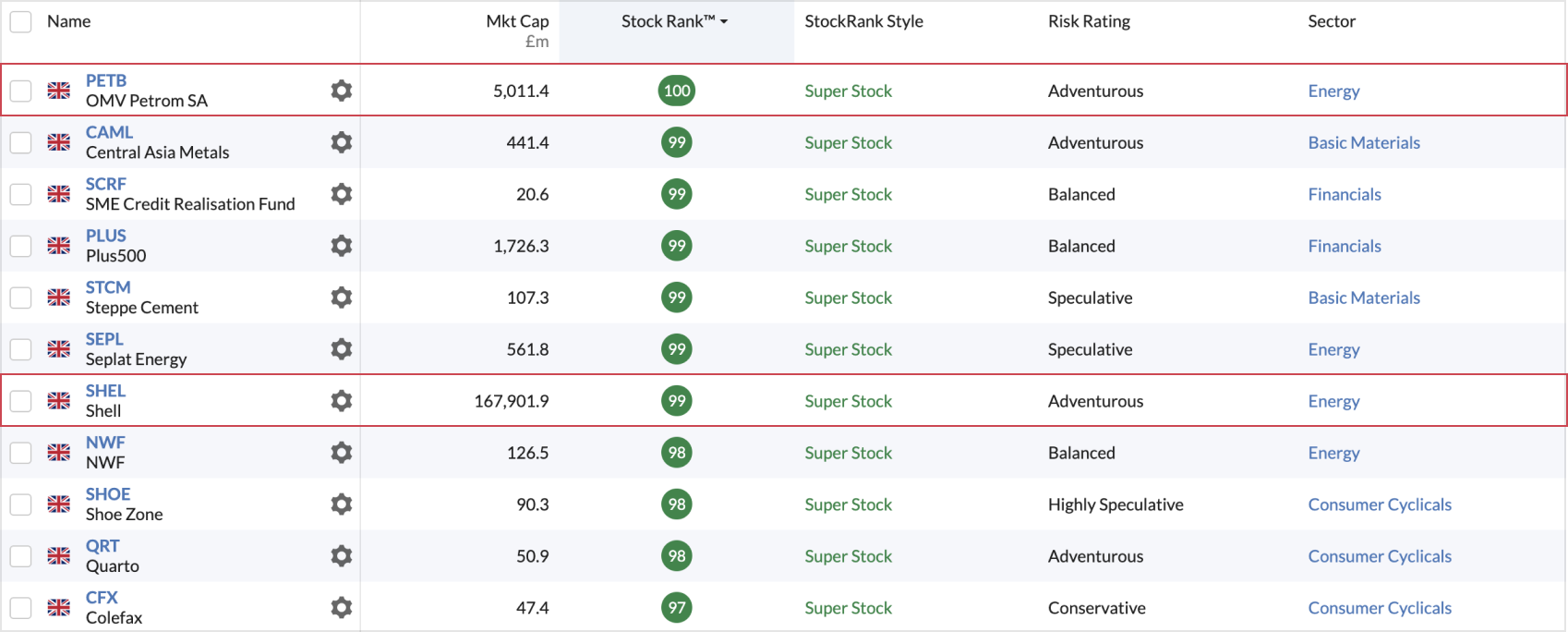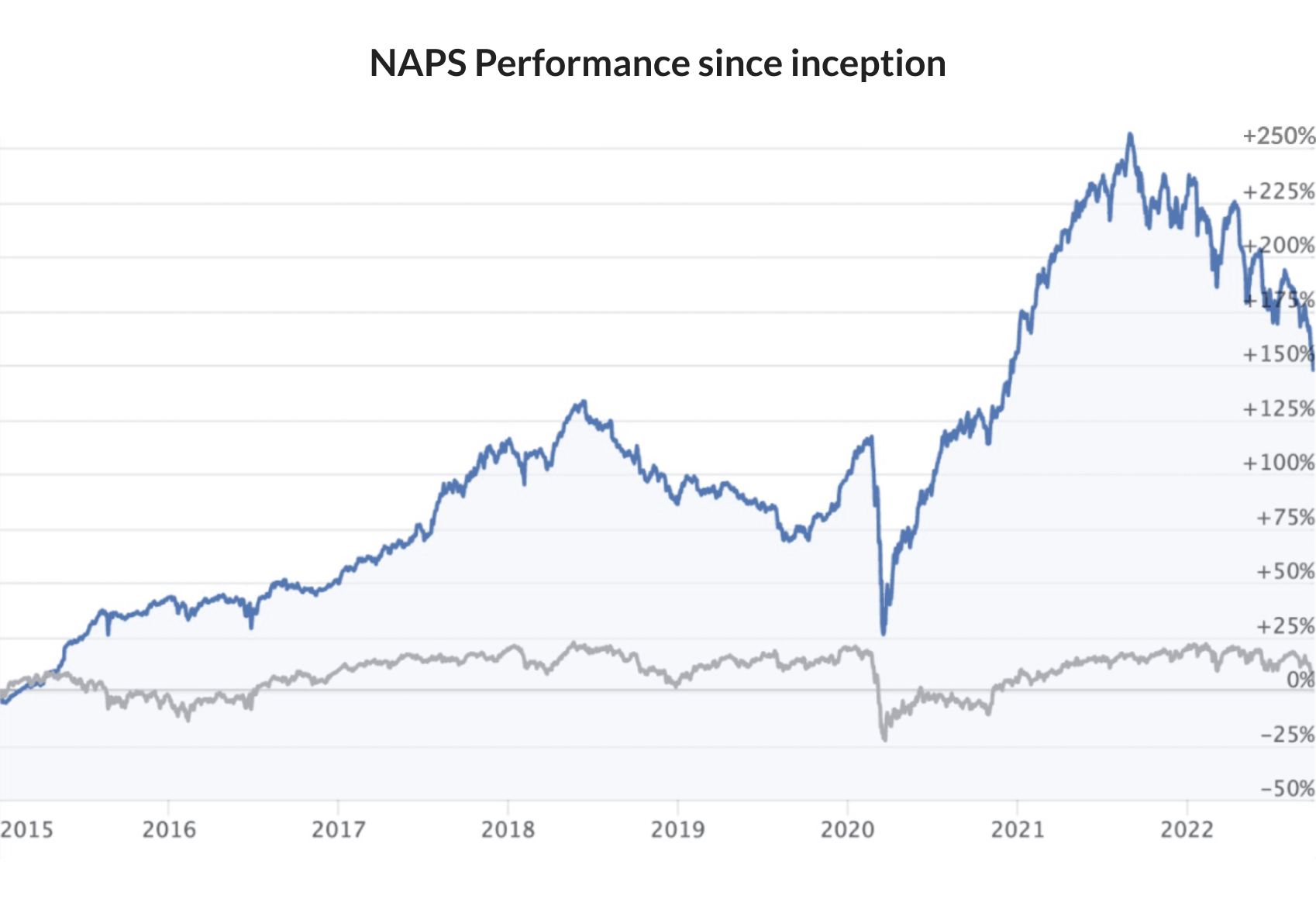How systematic investors can use the StockRanks in a rules-based, data-driven approach
Not everyone can become a great stock picker, in fact arguably the majority of investors shouldn't start this way. A better approach for most investors is systematic investing. This approach can be ideal for investors who:
Don't have the time to dedicate to company analysis and research
Get emotionally attached to their shares to the detriment of their results
Prefer to work with data & screening rather than research & news.
Systematic, or mechanical, investing has become my own favoured approach for all of the above reasons. It provides an effective, emotionally detached approach to the stock market, and can generate excellent returns as long as you focus on the kinds of factors we've shown work.
For systematic investors, the StockRanks make it easy to build a disciplined investment strategy, which buys and sells stocks based purely on their StockRanks at set times in the year.
The "No Admin Portfolio System" (NAPS)
For example, at Stockopedia we have developed a simple systematic strategy called the "No Admin Portfolio System" (NAPS) which is based upon the principle that in a well diversified portfolio, stock selection doesn't matter. The more stocks you own, the more the individual picks cancel each other out…. What remains is the overall portfolio exposure to factors.
The system directly builds a high ranked, diversified portfolio and leaves the rest to the Gods. While there are some poor performers selected by a system like this, exceptional outcomes have accrued to the system due to the good, cheap, strong stocks it consistently owns. No admin needed.
The basics of the systematic NAPS approach are as follows:
1. Sort the market by descending StockRank
Use the stock screener or directory pages to do so. It's best to exclude tiny & expensive-to-trade stocks from the list (e.g. less than £20m market cap)
2. Select the two highest-ranked shares in each of the 10 sectors
We categorise stocks into 10 sectors including Basic Materials, Consumer Defensives, Consumer Cyclicals, Energy, Financials, Healthcare, Industrials, Technology, Telecoms, Utilities. For example:
3. Buy an equal-weighted pound or dollar amount of each stock
As there are twenty positions to buy, if you are looking to invest £100,000 you would buy a £5,000 position size in each.
4. Hold each position for 1 year
5. Rebalance – by repeating the process on each anniversary
Results
The NAPS portfolio has been published in a twice-yearly column online and the results have been public since inception. Over its first decade it returned 165% versus the benchmark FTSE All Share, which grew only 9% over the period. Dividends more than cover transaction costs, but both have been excluded.
Taking it further
The NAPS is just one example of successful systematic portfolio management. It is not prescriptive. Investors can create their own process based on individual goals and rules by using the StockRanks. For example:
Different factors: Rank according to preferred factors (e.g. just Value, the combination of Quality and Momentum "QM", PE Ratio etc.)
Stricter factors: Use additional filters when looking for specific factor exposure (e.g. high yield, low bankruptcy risk etc).
Different Breadth: Increase or decrease the number of holdings according to portfolio size. Large portfolios may benefit from more holdings (e.g. 50) to ensure tradability, while small portfolios may benefit from fewer holdings (e.g. 10) to minimise per trade transaction costs.
Diversify Strategies: e.g. Split portfolio half-and-half across styles (e.g. half Value-Momentum Rank, half QV Rank).
Diversify Regions: e.g. Split strategy across regions for more diversity (e.g. 10 UK holdings and 10 ex-UK).
Creative Rebalancing: e.g. Rebalance a quarter of the portfolio quarterly, rather than the full portfolio annually.
Vary Sector Weights: e.g. In times of strong market liquidity it might be worth weighting the portfolio towards growth oriented sectors.
Vary Position Weights: e.g. Instead of equal weights – more experienced investors often try risk weighting or rank weighting.
Use Sell Thresholds: e.g. Introduce a dynamic “stop loss” - based on a rank (e.g. sell on StockRank < 75) or price level (e.g. 20% trailing stop)
Go long/short: It's possible to pair long positions with short positions to create a market neutral strategy. For advanced investors only.
The possibilities are endless. You can make your strategy as simple or as complex as you like. But remember: Don't skip the hard parts. Develop your rules. Do the research. Stick with your process.


